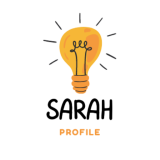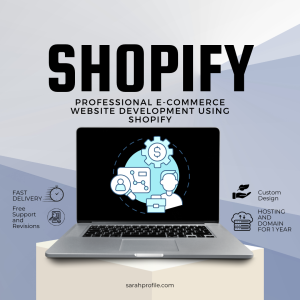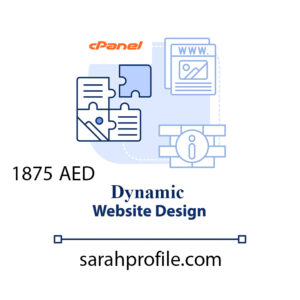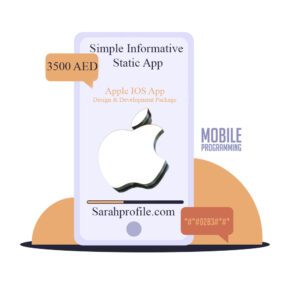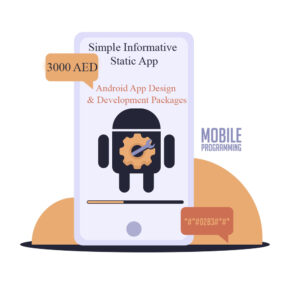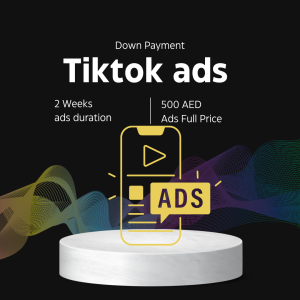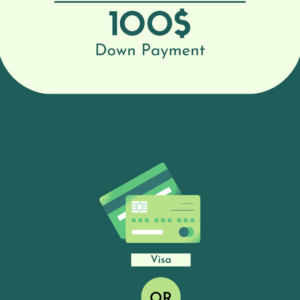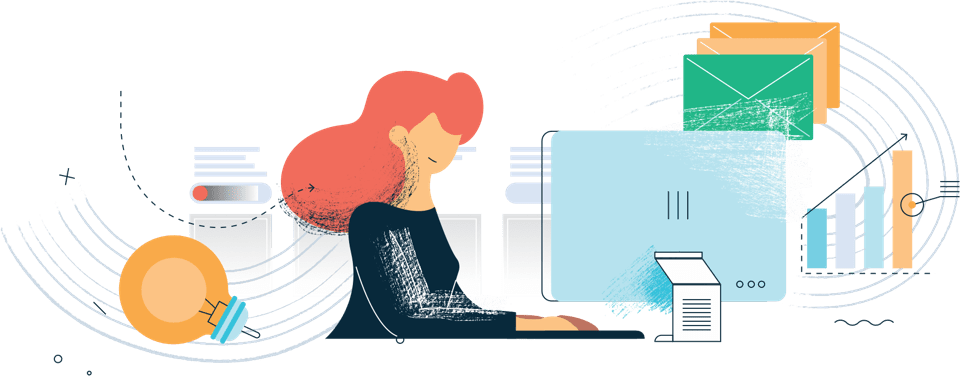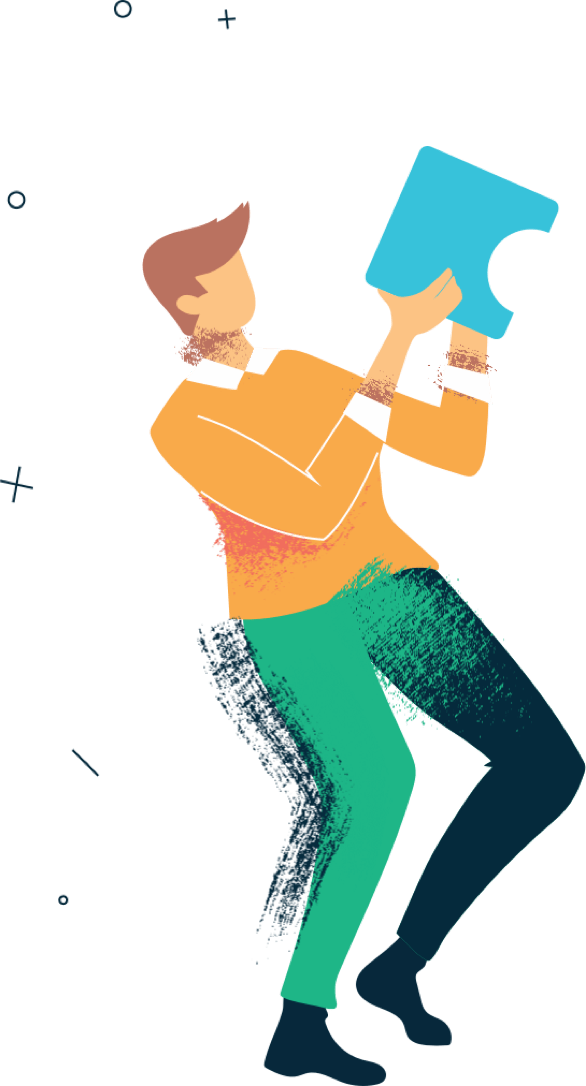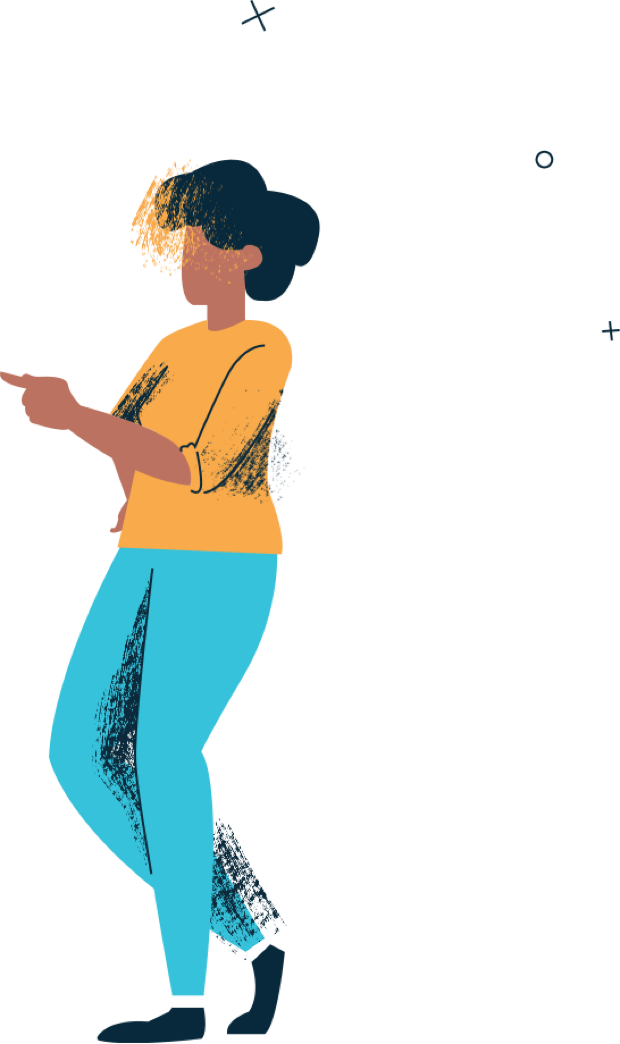
Learning HTML and CSS is the first step toward mastering web development. These two essential languages are the backbone of every website, enabling you to structure and style web pages. Whether you’re looking to build your own website, start a career in tech, or simply enhance your skills, understanding how to learn HTML and CSS is the foundation for success.
In this guide, we’ll walk you through actionable tips and resources to make learning HTML and CSS both fun and effective.
1. Understand the Basics of HTML and CSS
Before diving into tutorials, it’s important to understand what HTML and CSS are:
- HTML (HyperText Markup Language): The language used to structure the content on a web page, such as headings, paragraphs, images, and links.
- CSS (Cascading Style Sheets): The language that styles the content, including colors, layouts, fonts, and spacing.
Learning how to learn HTML and CSS starts with grasping these basic concepts and their role in web development.
2. Start with Beginner-Friendly Tutorials
There are countless beginner-friendly resources available online to teach you how to learn HTML and CSS. Interactive tutorials and video courses are some of the most effective methods.
- Recommended Platforms:
- freeCodeCamp: Offers a structured curriculum for HTML and CSS.
- W3Schools: A beginner-friendly platform with practical examples and exercises.
- MDN Web Docs: Comprehensive documentation with tutorials and guides.
3. Practice by Building Simple Projects
Learning by doing is the best way to understand how to learn HTML and CSS effectively. Start with small, manageable projects to reinforce your skills.
- Project Ideas:
- Create a personal webpage with your bio and a photo.
- Design a simple portfolio to showcase your hobbies or work.
- Build a basic contact form.
As you work on these projects, you’ll gain confidence and better understand how HTML and CSS work together.
4. Use Code Editors and Tools to Learn Faster
A good code editor can make learning HTML and CSS much easier. These tools provide features like syntax highlighting, auto-completion, and live previews.
- Popular Code Editors:
- Visual Studio Code: A powerful, free editor with extensions for web development.
- CodePen: An online editor where you can write and test HTML and CSS directly in your browser.
- Replit: An online platform for writing and sharing code.
Using these tools will help you experiment with code and see instant results, making the process of learning HTML and CSS more interactive.
5. Learn HTML and CSS Fundamentals with Books and Guides
For those who prefer structured learning, books can be a fantastic resource for understanding how to learn HTML and CSS in-depth.
- Recommended Books:
- HTML and CSS: Design and Build Websites by Jon Duckett: A visually appealing guide for beginners.
- Learning Web Design by Jennifer Robbins: A complete introduction to web design, including HTML and CSS.
Books provide a step-by-step approach and cover topics in greater detail, making them ideal for those who enjoy studying at their own pace.
6. Join Online Communities and Forums
One of the best ways to stay motivated while learning HTML and CSS is by engaging with online communities. You can ask questions, share projects, and learn from others.
- Top Communities for Web Development:
- Stack Overflow: A Q&A site for developers.
- Reddit WebDev: A subreddit for web development discussions.
- Dev.to: A community for developers to share ideas and resources.
These communities are invaluable when you’re stuck or need guidance on how to learn HTML and CSS effectively.
7. Experiment with Responsive Design
As you become more comfortable, focus on creating websites that look great on all devices. Responsive web design is an essential skill for any developer.
- Responsive Design Tools:
- Learn about media queries in CSS to adapt your site for different screen sizes.
- Use the browser’s developer tools to test your designs on various devices.
Mastering responsive design early will make you a well-rounded developer and set you apart when learning HTML and CSS.
8. Set Learning Goals and Track Your Progress
When figuring out how to learn HTML and CSS, it’s important to set achievable goals and track your progress. Break down your learning into smaller milestones:
- Sample Goals:
- Week 1: Learn basic HTML tags (e.g.,
<h1>,<p>,<a>). - Week 2: Understand CSS properties (e.g.,
color,margin,padding). - Week 3: Build a simple webpage using both HTML and CSS.
- Week 1: Learn basic HTML tags (e.g.,
Using a roadmap like this ensures steady progress and keeps you motivated.
9. Practice Regularly to Build Mastery
Consistent practice is key when learning HTML and CSS. Dedicate time each day or week to coding, even if it’s just 30 minutes. Regular practice will reinforce your skills and make the process of learning faster.
- Tip: Use platforms like Frontend Mentor to find real-world coding challenges to improve your skills.
10. Stay Updated with Trends and Best Practices
Web development is a fast-evolving field, so staying updated is crucial when learning HTML and CSS. Subscribe to newsletters, follow blogs, and keep an eye on modern web design trends.
- Top Blogs and Newsletters:
- CSS-Tricks: A treasure trove of CSS tips and tutorials.
- Smashing Magazine: Covers web design and development topics.
- Web.dev: Tutorials and guides by Google to help you build better web experiences.
Conclusion
Understanding how to learn HTML and CSS is the foundation for becoming a skilled web developer. Start with the basics, practice regularly, and engage with online resources and communities to refine your skills. Whether you’re building your first webpage or exploring advanced layouts, the key is to keep learning and experimenting.
With dedication and the right resources, you’ll be creating stunning and functional websites in no time. Ready to get started? Dive into the resources mentioned above, and begin your journey to mastering HTML and CSS today!
web development Package
-
web development
Professional E-Commerce Website Development Using Shopify
$200,00 Add to cartRated 0 out of 5 -
web development
Dynamic Website
Rated 0 out of 5$822,00Original price was: $822,00.$273,00Current price is: $273,00. Add to cart -
web development
E-commerce Website
Rated 4.00 out of 5$822,00Original price was: $822,00.$200,00Current price is: $200,00. Add to cart
